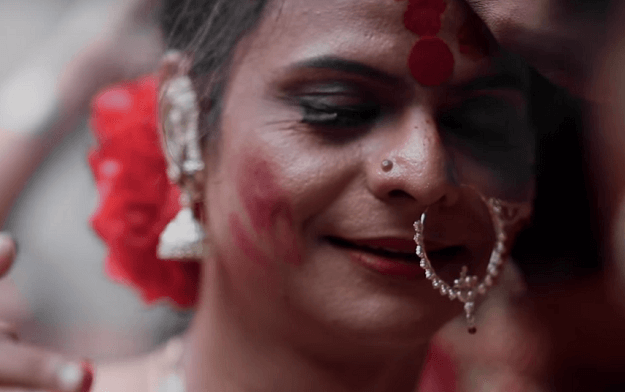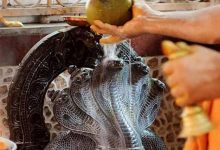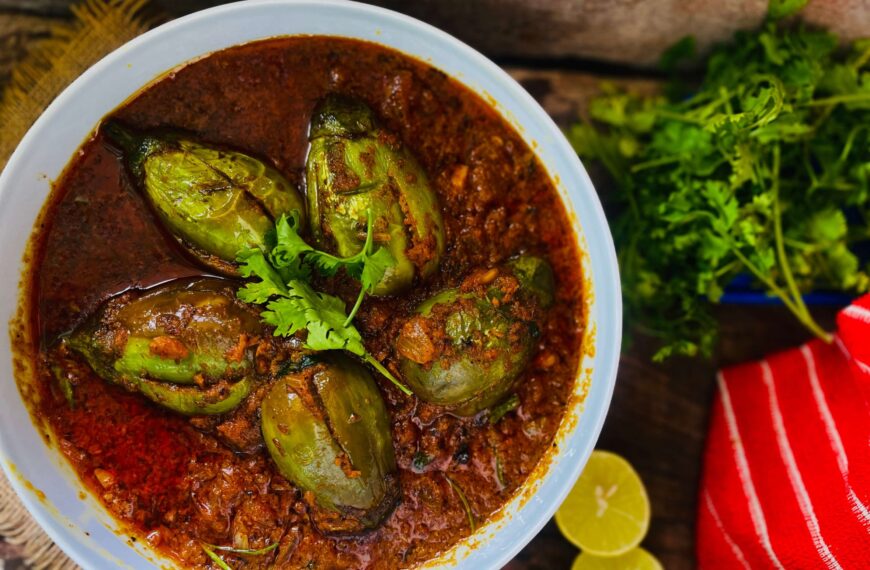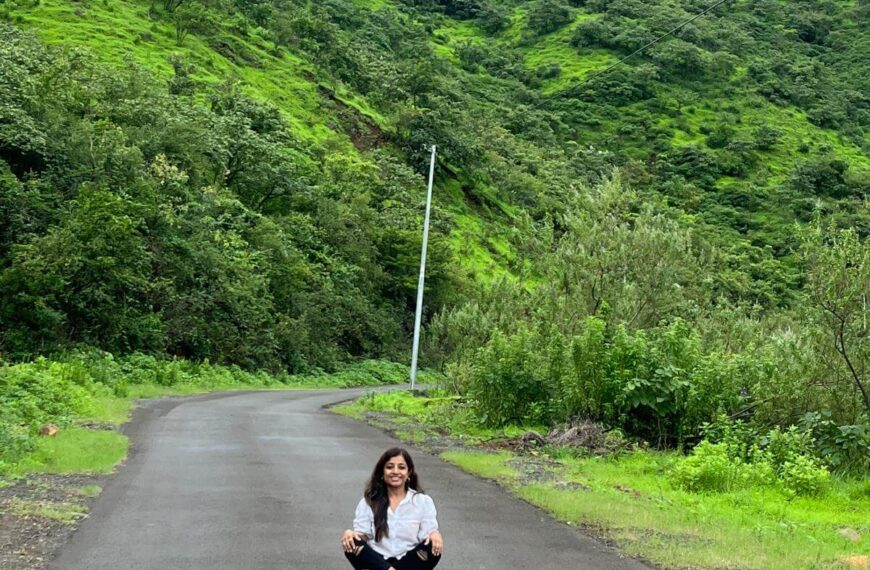Tapati, in the second and concluding part, tells us about theme-based puja, including the first LGBT- themed puja. An exclusive for Different Truths.
Bengalis are known for their artistic percipience and intelligentsia but mass discussing and analysing the concepts, while moving in an ocean of onlookers was a scene worth great applause. The myriad of themes reflected in the Durga puja was festival left me awe-struck.
Ten thousand pots were used as metaphors for the cycle of life, especially the rebirths we go through every day in life.
In the pursuit of art, philosophy was left behind. One pandal had “Janmo” or birth as the theme. Ten thousand pots were used as metaphors for the cycle of life, especially the rebirths we go through every day in life.
Bosepukur focused on one’s inner self and its development and growth. The stress was on how important it was to rediscover oneself while leading a life, one day at a time, recreating the daily cores.
In Behala locality, the puja’s theme showed ‘Antarjatra’ or the inner journey. The artist tried to depict love through ages. That included the eternal love of Shiva and Parvati to love in the age of social media.
Another place showcased a journey to the moon. On the façade, a water fall like effect was created with light and foam.
Another place showcased a journey to the moon. On the façade, a water fall like effect was created with light and foam. Overhead, a smiling child’s head bloomed from a flower. Inside a moonlit night was created.
The theme for Selimpur’s puja was ‘Antasta Shakti’. It was based on spirits and their power. When a human body is alive the spirit lives inside the body. And even after death, the spirit lives without the body; the theme focused on the cycle of life and death.
The idea was to showcase the importance of co-existence and the right conditions that lay the ground work of any celebration or Utsav.
The Suruchi Sangha, a famous name in Kolkata, created a grand panorama centered on the core theme Utsav. The designers created a huge cloud at that encompassed the entire pandal in an attempt to highlight social disparities based on money, religion, caste etc. The idea was to showcase the importance of co-existence and the right conditions that lay the ground work of any celebration or Utsav.
The main idol showed features of both Durga and Krishna, a unique androgynous representation of the deity with the third eye above the idol projected few trans-women dancing.
In the lanes of Dumdum, the entrance showed a wall of rainbow coloured kites. After moving inside the lane, one could see a sculpture of a child, locked inside a

home and being ridiculed for girly habits. Inside the main tent, there was a statue of a fairy breaking out of a cage hanging above with walls around decorated with large pride masks. The main idol showed features of both Durga and Krishna, a unique androgynous representation of the deity with the third eye above the idol projected few trans-women dancing.
Visitors pondered if this was the first LGBT- themed puja. People discussed with family and friends what it actually meant; the theme was left to their individual imagination and personal search.
In a similar way thousands of people were left to engage in apprehending different themes. The festival gives every locality an opportunity to create art in collective imagination.
One pandal in south Kolkata decked their entrance with a web of electric meter boxes with names of local citizens. People viewed it as a representation of the diverse group who power the city.
Thus, one pandal in south Kolkata decked their entrance with a web of electric meter boxes with names of local citizens. People viewed it as a representation of the diverse group who power the city. Inside was a towering cityscape of wireframe sculptures of different religious architectural monuments; at the background, sound of mantras was joined with Azaan, Catholic hymns, readings from Guru Granth Sahib. I sighed if whole of our land could follow and practice.
The pandals tried to create a message which would spark a conversation. At one place the artist and his team reflected the power of imagination by creating a liminal space between heaven and earth. It was named Kalpalok. Visitors exclaimed at how they felt being transported into an alternate world nobody would like to leave. It represented a fantasy world where we have the privilege of escaping from the daily grind and distancing oneself from the crises—ranging from Kashmir, Assam to Amazon that calls for our urgent attention. Fantasy encountered with diverse perspectives and ideas introducing imagination of a more conclusive and happier world.
“What could it mean?”; “What an exemplar theme!”; “Who is the artist?”, exclamations and conversations are the comments of the moving crowd who sound like art buffs visiting an exhibition. But this is how people react while enjoying the beautifully created thematic pandals. Sounds of cameras clicking add to the rhythm of Dhak. As people walk cheerfully in the long queue, sometimes more than a kilometer by the lanes, the decoration is slowly revealed like a sculptor unveiling a new creation. On reaching the main enclosure and facing the goddess, one would finally visualize the artist’s vision in full. At the end, this is worthy a journey taken by not only the masses but also the dedication of creative minds of the artists and the supporting organisers.
I have seen festivals and beautifully decorated pandals in many other states during Ganesh puja, Navaratri, etc. But the festive face of Kolkata stands as the brightest one.

I have seen festivals and beautifully decorated pandals in many other states during Ganesh puja, Navaratri, etc. But the festive face of Kolkata stands as the brightest one. Pieces of arts imbibed with creativity and diverse concepts brought forth by its people and appreciated by the rest of people with such high a spirit is nowhere else to be seen.
Photo from the Internet






 By
By
